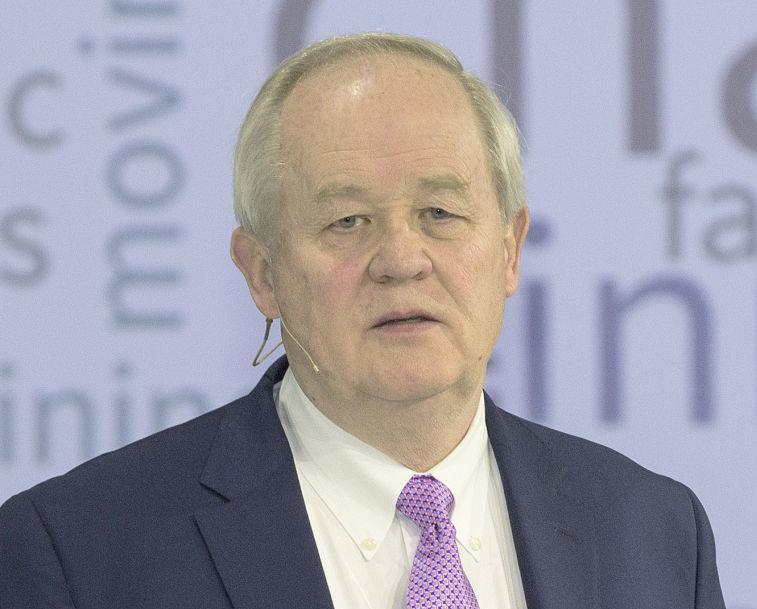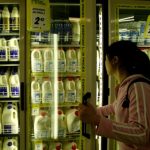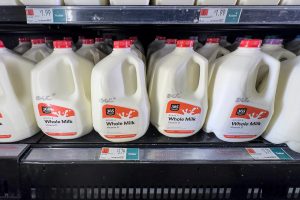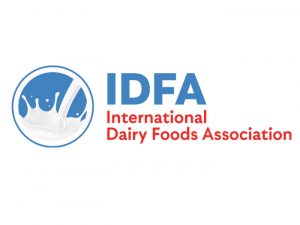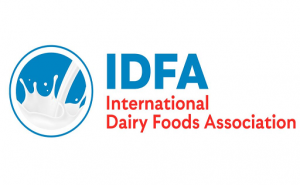
Consumer habits are changing, and the dairy industry needs to change as well to meet those demands, Michael Dykes, president and CEO of International Dairy Foods Association, said during the 2019 Dairy Forum broadcast from Orlando, Fla.
Consumers want protein, but they also want choice, he said.
“They have values about what they purchase, and we got to meet them where they want it with the things they want. We got to be in tune with their requests,” he said.
Food isn’t just about eating and getting full; it’s an experience, he said, and consumers are concerned about many things, including the environment and animal welfare.
“There’s one thing we know in all of this, and that is that our consumers are in charge,” he said.
Doing the same thing in the same way is probably not going to work too well, he said. The industry needs to think about what consumers are asking for and how it can change to make things better for the consumer and itself, he said.
“We can adapt or perish. … We can innovate or fail, we can disrupt or we can become disrupted,” he said.
Sustainability, innovation and trade are critically important to grow the industry, he said.
All major food companies focus on sustainability, and things aren’t going to go back to how they used to be, he said.
“Consumers care about that, and if we want to sell products to them we need to be thinking about that because it’s more than just the product. They want to buy it from companies that encompass the values that they share and that they feel good about,” he said.
Innovation is also critical to the industry, not just in products but also in packaging and transportation and logistics. And it is needed to create different products to reach people around the world with different cultures, religions and eating habits in an efficient way.
And given the growing milk production, the U.S. has to have trade and proactive trade policy, he said.
So the question is how to lead dairy forward, he said.
“I believe if we embrace disruption and we encourage innovation (and) if our federal marketing system has flexibility, generates the right market signals, encourages investment and risk-taking, we can get there,” he said.
It will also take expanding international market opportunities with higher-value products, he said.
The industry is going to need to listen, learn and lead bold change, and it is doing those things, he said.
“Our industry is changing. Our industry is learning. We are advancing. We are innovating,” he said.
The industry has the leadership to move forward and an extreme willingness to win together and move away from “I win/you lose,” he said.
“If we do these things, I am confident we will lead dairy forward,” he said.
